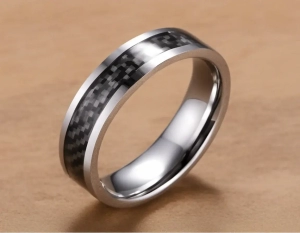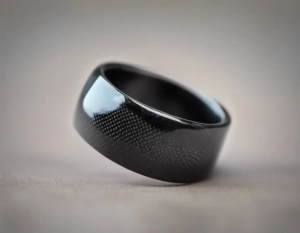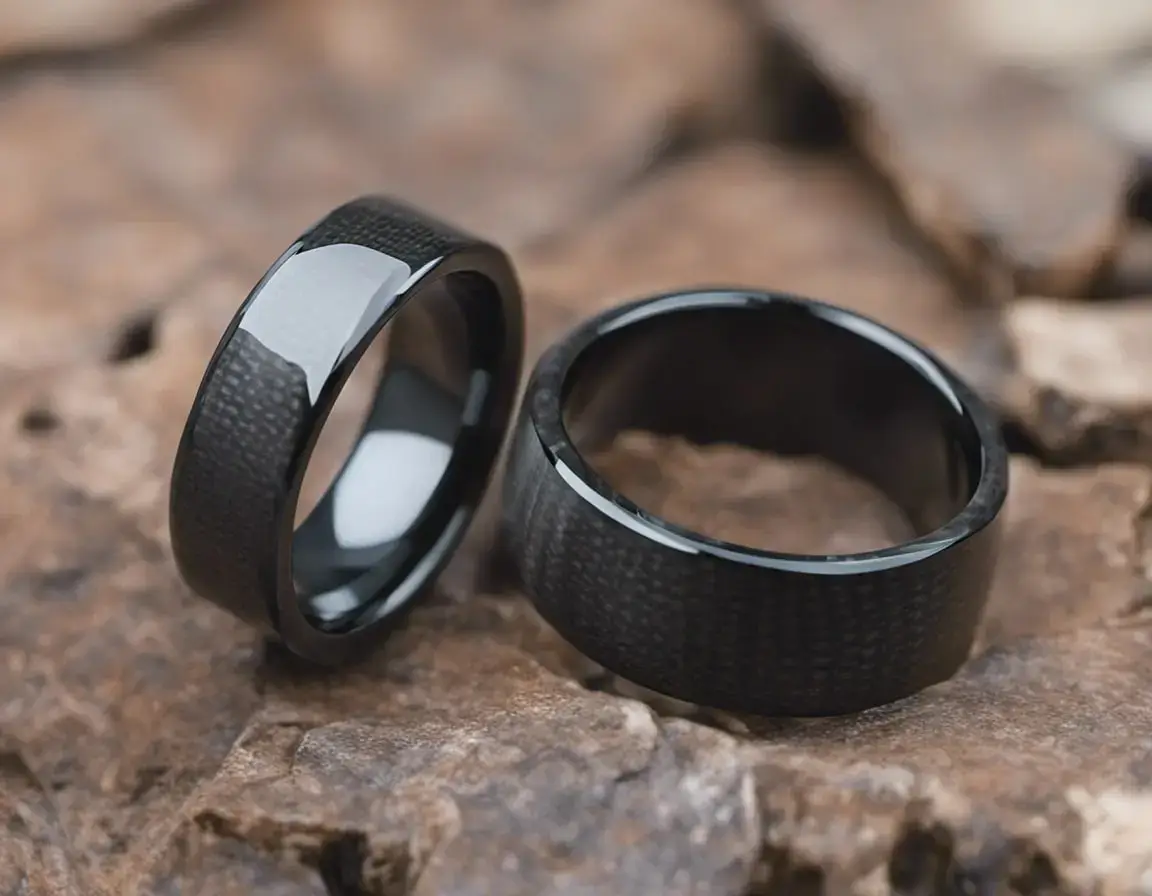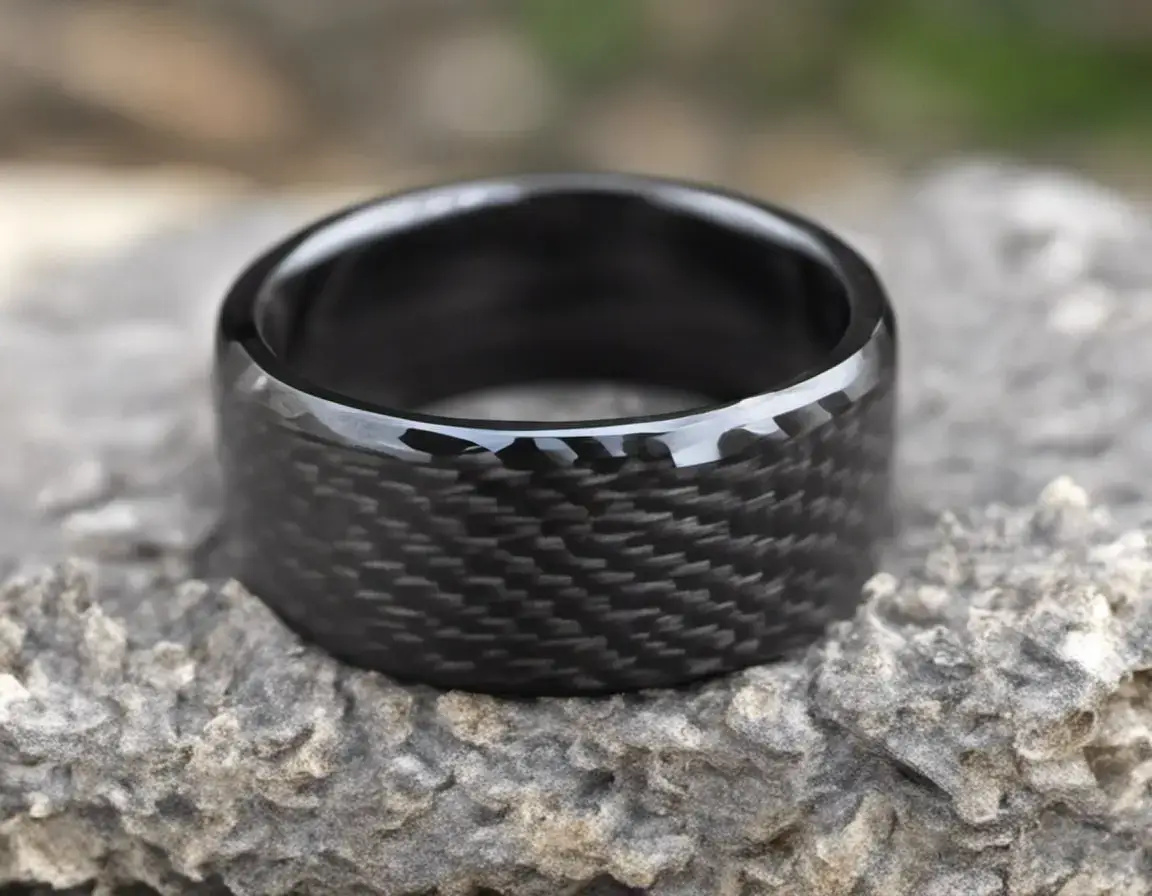Around the world, diverse wedding ring traditions reflect the cultural and historical uniqueness of each region. In China, wedding rings are often crafted from gold or silver and frequently feature symbols of luck and prosperity, such as the moon and dragon. In India, wedding rings, typically made of gold, symbolize wealth and stability. In Japan, “wagokoro” rings, often made of platinum or gold, embody simple beauty and authenticity. In Ireland, the “Claddagh Ring,” displaying two hands holding a heart, represents friendship, respect, support, and unity. These varied wedding ring customs highlight the richness and cultural diversity across the globe.
Symbolism of Wedding Rings
Wedding rings hold profound symbolism, serving as eternal circles representing unending love and commitment between partners. The continuous loop signifies the timeless nature of their bond, while the choice of precious metals like gold or platinum underscores the enduring value and worth of the relationship. The act of exchanging rings during a wedding ceremony symbolizes the couple’s promise to support, cherish, and stand by each other through all the joys and challenges of life. These simple bands encapsulate the profound journey two individuals undertake together, encapsulating their shared past, present, and future with a single, unbroken circle of devotion.

Asian Wedding Ring Traditions
Asian wedding ring traditions are as diverse as the continent itself. In many Asian cultures, intricate designs and auspicious symbols are incorporated into the wedding rings, reflecting deep cultural meanings. In India, gold is often favored for its spiritual significance and is intricately designed with motifs like peacocks or lotus flowers. In China, red and gold are commonly used, symbolizing luck and prosperity, and rings might feature intricate engravings of dragons or phoenixes. Japanese wedding rings often embrace simplicity, with subtle elegance and a focus on the purity of materials, such as platinum. From vibrant colors to intricate detailing, these traditions capture the essence of each culture’s values and aspirations, uniting couples in a profound celebration of love.
European Wedding Ring Traditions
European wedding ring traditions encompass a rich tapestry of customs that vary across the continent. In many European countries, classic bands of gold or silver symbolize eternal love and commitment. The “Claddagh Ring” of Ireland features two hands holding a heart topped with a crown, representing friendship, love, and loyalty. In Eastern European cultures, intricate patterns and designs are often etched into the rings, embodying the complexity of relationships. In more modern contexts, diamonds have gained popularity as a symbol of enduring devotion. These traditions mirror the cultural and historical diversity of Europe, intertwining centuries-old symbolism with contemporary expressions of love and unity.
Midnight Ring
The Midnight handmade ring is a captivating embodiment of a fantasy midnight sky, adorned with deep blue tones and accents of vibrant green black opal and abalone shells. Encased within a protective layer of clear acrylic or resin, this ring not only ensures maximum comfort but also secures the intricate inlay rings in place. Its waterproof and UV-resistant qualities make it an ideal choice for daily wear, standing as a testament to both style and durability. Given its handmade nature using natural and organic materials, slight variations in colors and shades add to its unique charm. In the context of European wedding ring traditions, this enchanting piece would not only symbolize an unbreakable bond but also reflect the diverse and artistic spirit of Europe’s cultural heritage.
Shattered Ring
Incorporating the exquisite beauty of nature, the abalone shell featured in this ring presents a captivating display of colors—ranging from mesmerizing violets to lush greens, sunny yellows, and serene blues—that come alive with a radiant shimmer when kissed by light. The juxtaposition of this enchanting natural material against the backdrop of the Shattered ring sleek, polished metal forms a striking contrast that’s destined to capture the attention of all who behold it. With its vibrant hues and dazzling iridescence, the abalone shell not only embodies the spirit of nature’s artistry but also resonates deeply with the artistic and diverse traditions of European weddings.

Middle Eastern Wedding Ring Traditions
Middle Eastern wedding ring traditions are steeped in symbolism and cultural significance. In many Middle Eastern cultures, intricate and elaborate designs are favored, often showcasing the artistry and craftsmanship of the region. Gold holds immense importance, symbolizing wealth, prosperity, and blessings for the couple’s future. Islamic cultures often opt for rings without gemstones to avoid extravagance, focusing on the purity of the metal itself. Some Middle Eastern communities also exchange sets of rings, known as “Shabka,” typically featuring matching designs for both the bride and groom. These traditions not only reflect the region’s deep-rooted values but also emphasize the timeless beauty of love and commitment.
Indigenous Wedding Ring Traditions
Indigenous wedding ring traditions are deeply rooted in cultural heritage and spiritual significance. For many Indigenous communities, the exchange of rings is more than a symbol of commitment; it’s a connection to ancestors, land, and traditions. Rings might be crafted from natural materials like wood, bone, or stone, reflecting the earth’s gifts and the community’s relationship with nature. Designs often incorporate meaningful symbols, reflecting clan affiliations, sacred animals, or elements of creation stories. These traditions underscore the importance of intergenerational continuity, bridging the past with the present, and honoring the unique spirituality and values of Indigenous cultures in a modern context of love and unity.






Leave A Comment